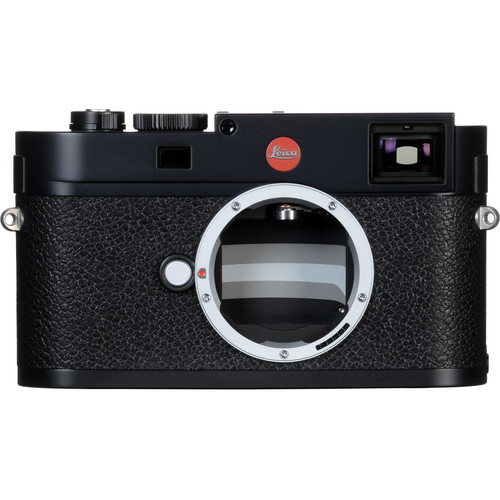coelacanth
Ride, dive, shoot.
oh sorry. lol. you got me good there.
so simplified menu = iso dial. 😉
Oh hey I also just realized my M4-P has even further simplified menu = EMPTY ISO dial so you can WRITE on it to memorize.
so simplified menu = iso dial. 😉
Oh hey I also just realized my M4-P has even further simplified menu = EMPTY ISO dial so you can WRITE on it to memorize.


